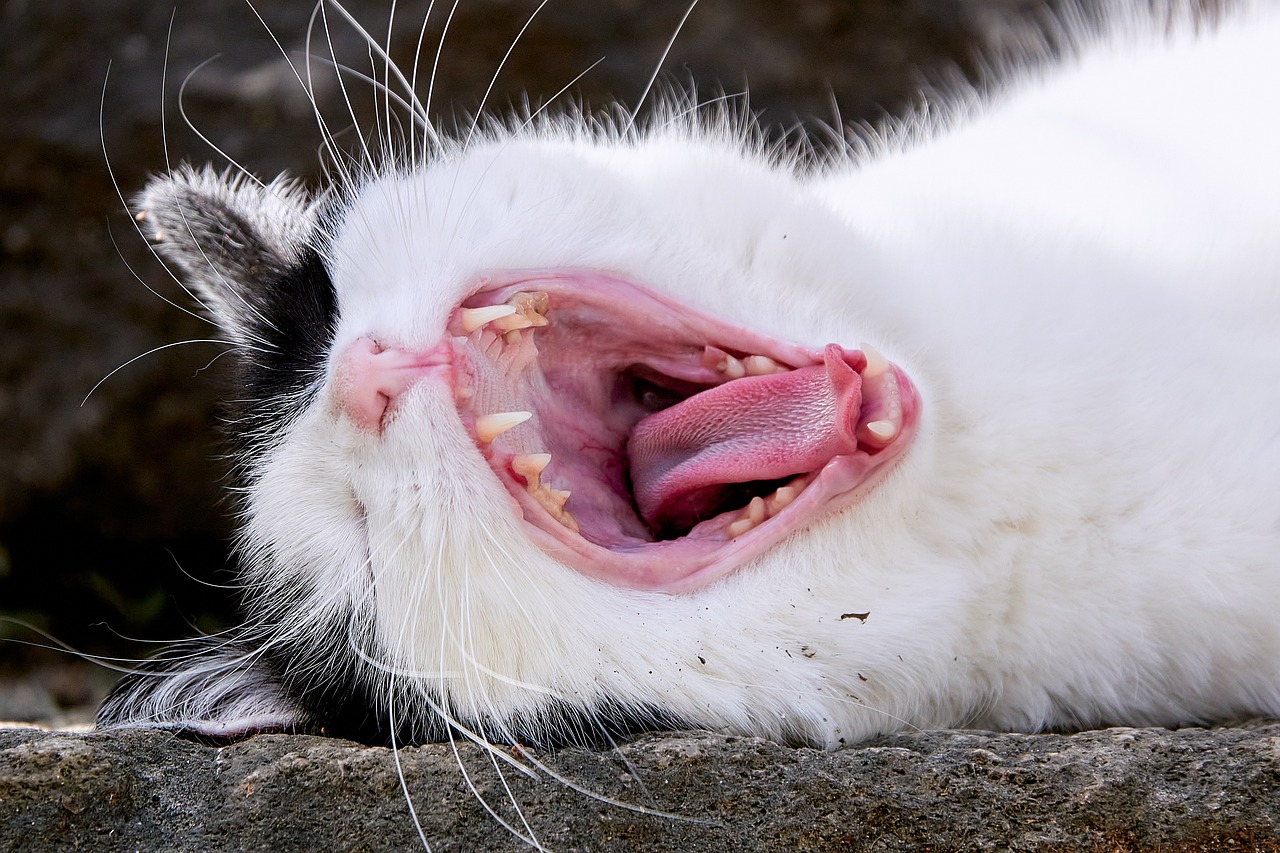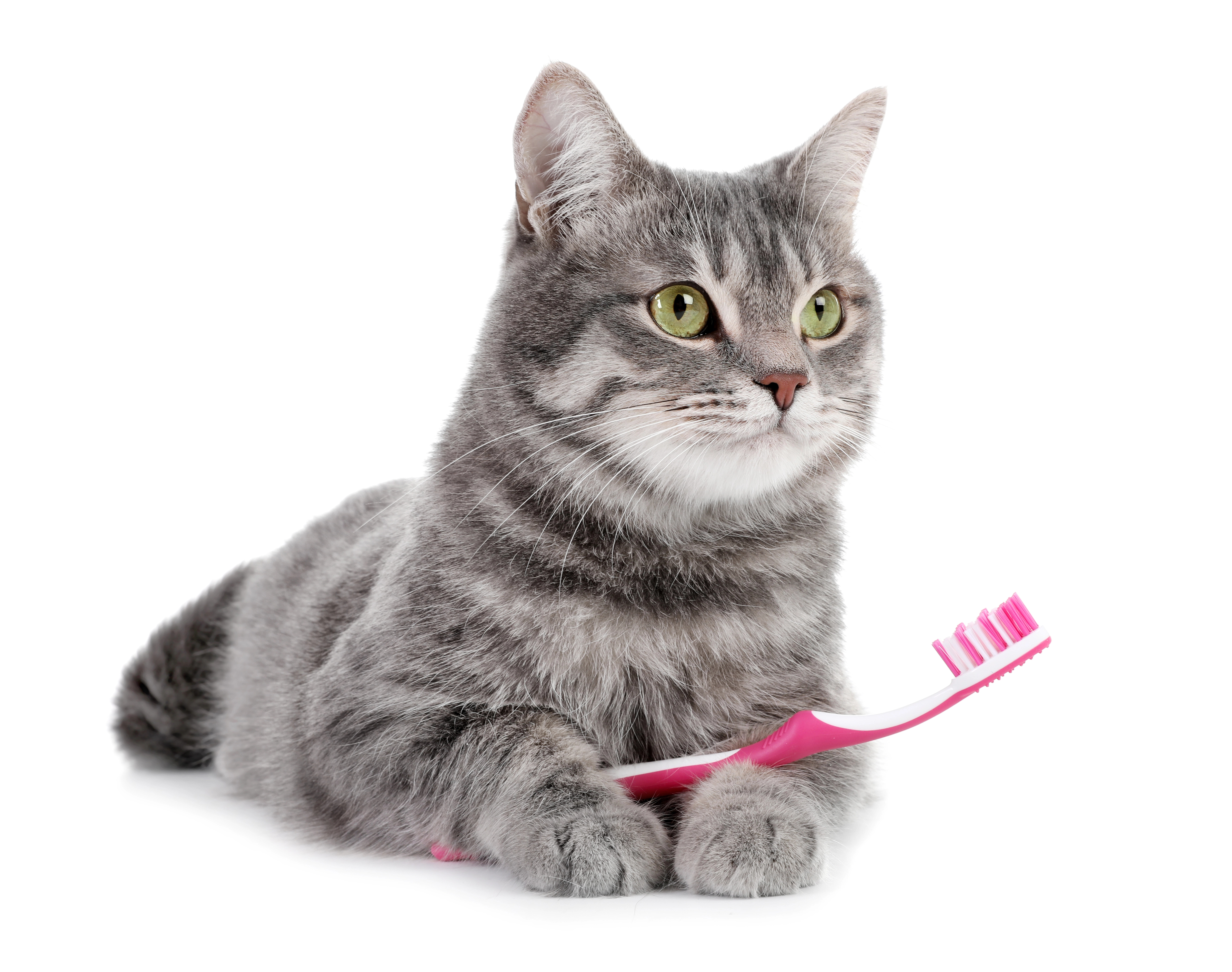How Much Does A Routine Teeth Cleaning Cost For Cats?

In this article, we'll explore the costs associated with cat dental cleaning, the factors influencing these costs, and how pet insurance can help offset these expenses.
The Importance of Cat Dental Cleaning
Like humans, cats require routine dental cleanings to maintain good oral health and prevent dental problems. Neglecting oral hygiene can lead to dental diseases, causing discomfort, pain, and even life-threatening issues if left untreated. Periodontal disease is a common dental problem in cats, affecting up to 85% of felines by age two. Even if you brush your cat's teeth at home, professional dental cleanings are still necessary to remove plaque below the gum line.
The Cost of Cat Dental Cleaning
A professional cat dental cleaning typically ranges from $100 to $400. However, the expenses can increase significantly based on your cat's oral health. If tooth extractions are necessary, each extraction may cost around $50. Additional costs for anesthesia, intravenous fluids, and take-home medications can further affect the overall expense.
Factors Affecting Cat Dental Cleaning Costs
Several variables can impact the cost of cat dental cleaning, including:
Age: Older cats often have heavier plaque and tartar buildup, requiring more time and effort for cleaning.
Size: A cat's weight affects the amount of anesthesia and medication needed, influencing the cost.
Location: Prices may vary based on your site, with urban areas typically costing more than rural areas.
Veterinary Clinic: Each clinic may charge different rates for their dental cleaning packages based on experience, available services, and location.
What's Included in the Cost?
A cat dental cleaning procedure involves several components, such as:
X-rays: These may be required to examine your cat's teeth for cavities or fractures.
Pre-Surgical Tests: Blood work to assess organ function and overall health may be necessary before administering anesthesia.
Tooth Extraction: While the standard cleaning is included, each tooth extraction may incur an additional fee.
Root Canals: In cases where a broken or infected tooth, like canine teeth, is essential for chewing, a root canal may be recommended. Root canals are more expensive than tooth extraction.
Medications: Your cat may need antibiotics to treat or prevent infection and pain relievers for post-surgery discomfort, adding to the overall cost.
The Necessity of Anesthesia for Cat Dental Cleaning
Dental anesthesia is crucial for a comprehensive and effective dental cleaning in cats. Anesthesia is generally safe, with a low risk of anesthetic death in cats (only 0.24%). Anesthesia allows for thorough cleaning below the gum line and ensures your cat's comfort, health, and safety during the procedure.
Why Anesthesia-Free Dentistry Is Not Recommended
Anesthesia-free dentistry, a procedure where teeth are cleaned without sedation, is not recommended for cats. This approach provides minimal health benefits to pets as it does not allow inspection or treatment below the gum line. Dental cleaning without anesthesia may be offered by some businesses but is not endorsed by the American Veterinary Medical Association.
The Dental Cleaning Procedure
A cat dental cleaning procedure involves:
- Administration of anesthesia, typically propofol or telazol.
- Comprehensive oral examination, checking for abrasions, discolorations, fractures, and other dental conditions.
- Cleaning below the gum line to remove plaque and bacteria buildup.
- Scaling to remove tartar and plaque from the crowns of your cat's teeth.
- Polishing to prevent plaque and bacteria accumulation.
- The entire procedure usually takes 45 to 75 minutes.
How Often Should Cats Get Professional Dental Cleaning?
Cats should undergo professional dental cleaning at least once a year to remove plaque and tartar buildup. Even older cats should receive dental cleanings, regardless of their age. Cats with more severe dental issues may require more frequent cleanings.
The Importance of At-Home Dental Care
In addition to professional cleanings, cat owners should regularly brush their pet's teeth with cat-approved toothpaste and a toothbrush. Daily brushing is ideal, but even brushing a few times a week can help maintain good oral health. Consult a veterinarian if you notice signs of discomfort or pain, such as bad breath, unusual chewing, bleeding, or tooth decay.
In conclusion, professional cat dental cleaning costs can vary based on several factors. Still, it is an essential investment in your cat's overall health and can prevent costly treatment of dental diseases and systemic infections. Remember that regular dental care at home and professionally ensures a happy and healthy life for your feline companion.
Get insurance plans with wide-ranging coverage options










